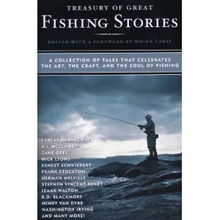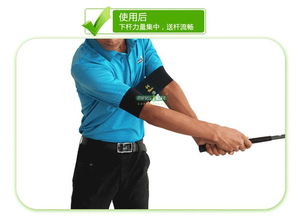Content:
Introduction: D钓鱼 is a popular outdoor activity that brings joy and relaxation to many enthusiasts. However, one of the most frustrating aspects of fishing is losing a fish after a successful hook-up. In this article, we present a comprehensive video guide on how to avoid losing fish while fishing, packed with essential tips and techniques. Whether you are a beginner or an experienced angler, this guide will help you improve your fishing skills and increase your chances of bringing home a catch.
Proper Equipment Selection: The first step in preventing fish from running off is to ensure you have the right equipment. Here are some key points to consider:
- Choose a suitable rod and reel that match the type of fish you are targeting.
- Use the appropriate line strength and type for the fish you are trying to catch.
- Ensure your hooks are sharp and well-suited for the species you are fishing for.
Proper Knot Tying: One of the most common reasons for losing fish is a poorly tied knot. Here are some essential knots to learn and practice:

- The Palomar Knot: This is a versatile and strong knot suitable for most fishing situations.
- The Improved Clinch Knot: A simple and reliable knot that works well with monofilament lines.
- The Uni Knot: Also known as the Grinner Knot, it is excellent for joining two lines or attaching lures.
Fish Sensitivity and Handling: Understanding the sensitivity of the fish you are targeting is crucial in preventing them from running off. Here are some tips:
- Handle fish gently and avoid unnecessary stress.
- Use a wet hand to touch the fish, as dry skin can cause them to become stressed.
- If the fish is particularly large or aggressive, consider using a landing net to help control it.
Proper Lure and Bait Selection: The type of lure or bait you use can significantly impact your chances of losing a fish. Here are some guidelines:
- Use lures or baits that mimic the natural prey of the fish you are targeting.
- Ensure the lure or bait is the appropriate size and color for the fish species.
- Avoid using heavy lures or baits that can weigh down your line and cause the fish to run off.
Presenting the Lure or Bait: The way you present your lure or bait can make a big difference in whether the fish stays on the hook. Here are some techniques:
- Use a slow and steady retrieve to avoid startling the fish.
- Vary your retrieve speed to mimic natural prey movements.
- Be patient and allow the fish to take the bait naturally without forcing it.
Reeling in Technique: The way you reel in can determine whether you keep the fish or lose it. Here are some tips:
- Keep a steady and consistent tension on the line while reeling in.
- Avoid reeling too quickly, as this can spook the fish.
- Use a slack line technique when necessary, especially when dealing with larger fish.
The Importance of Practice: Like any skill, fishing requires practice. The more you fish, the better you will become at identifying the right techniques for different situations. Here are some practice tips:
- Start with a local lake or river where you can practice without the pressure of catching a trophy fish.
- Experiment with different techniques and observe which ones work best for the fish you are targeting.
- Seek advice from experienced anglers and watch instructional videos to refine your skills.
Conclusion: Avoiding fish loss while fishing is a combination of proper equipment, technique, and experience. By following the tips and techniques outlined in this video guide, you will be well on your way to becoming a more skilled angler. Remember, patience and practice are key to mastering the art of catching fish without losing them. Happy fishing!












